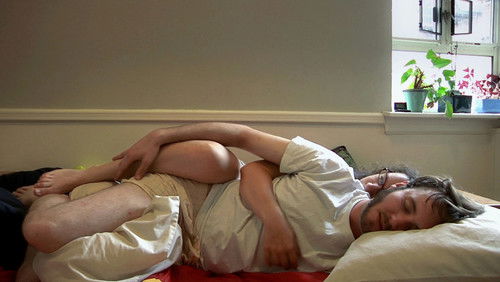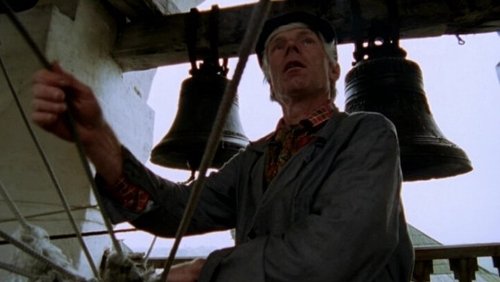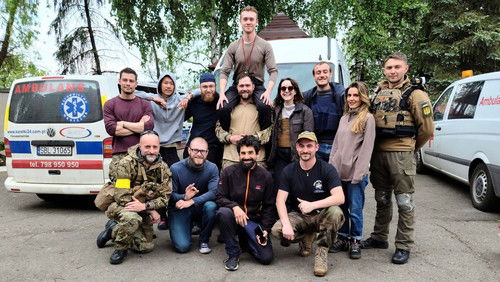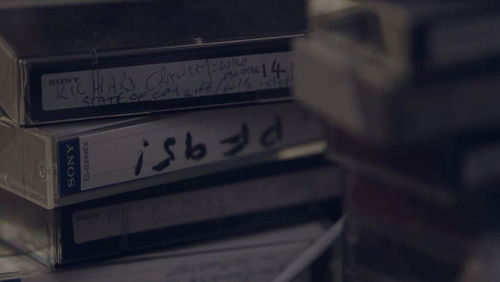Valentine Road (2013)
19KValentine Road: Directed by Marta Cunningham. With James Bing, Jeremy Bing, Rosalie Black, Dawn Boldrin. On February 12, 2008, in Oxnard, California, eighth-grade student Brandon McInerney shot his classmate Larry King twice in the back of the head during first period. When Larry died two days later, his murder shocked the nation. Was this a hate crime, one perpetrated by a budding neo-Nazi whose masculinity was threatened by an effeminate gay kid who may have had a crush on him? Or was there even more to it? Looking beyond all the copious news coverage of this tragic event, Valentine Road tells the story of two victims: the deceased and the murderer. With keen insight, the film connects the human wreckage of Larry’s and Brandon’s troubled lives-both physically abused, both from broken homes, and both searching for a sense of belonging.
“On February 12th 2008, in Oxnard California, a 14 year-old student Brandon brought a school to gun and shot his classmate Larry from point blank range in the back of his head while we was working on a computer in class. The day before Larry, who had a crush on Brandon, had asked him to be his Valentine in front of his friends embarrassing him. In the weeks leading up to the incident, Larry had begun to wearing makeup and accessorising, and had come out to friends.u003cbr/u003eu003cbr/u003eThe documentary, Valentine Road, slowly unpacks the incident through interviews with the community. There are endless perspectives here, from Larryu0026#39;s friends at school – including Marina, a classmate who came out to her Mum when she was picked up after the shooting; the defense lawyers, who were so moved by the case that they decided to represent Brandon pro bono; the foster parents who used to look after Larry; the Jurors who joined the u0026#39;Save Brandonu0026#39; cause after the trial was declared a mistrial. The only voice that was really missing from the film was Larryu0026#39;s.u003cbr/u003eu003cbr/u003eThe remarkable journey that this film took was an emotional roller coaster. The film fluctuated between taking the audience to incredibly sad places, emphasising the life that was lost. But the real sadness is the embedded homophobia that still exists in the community. Some of the perspectives are hard to listen to. There were times that I felt so much anger towards the people that were expressing their intolerance and this failure to understand that people are different which only breeds Brandonu0026#39;s who believe they have no choice but to use violence. Thereu0026#39;s also the incredible joy of seeing hope through the people that had learned from this incident and learned to stand up for what is right.u003cbr/u003eu003cbr/u003eNot blaming Brandon was one of the incredible feats of the film. Instead the film kept at a distance, remaining objective. It was clear at times where the film was leveling its critique: the scene in which a bunch of jurors hang out discussing the case is long, as the statements they make about the case becoming increasingly stupid, naive and upsetting. This is so topical and so relevant. It must be seen and people must talk about this. For me, the most striking thing was the dominance of the intolerance. When intolerance makes up the hegemonic viewpoint bad things happen. I hope that Oxnard can, at some point, learn from this.”









